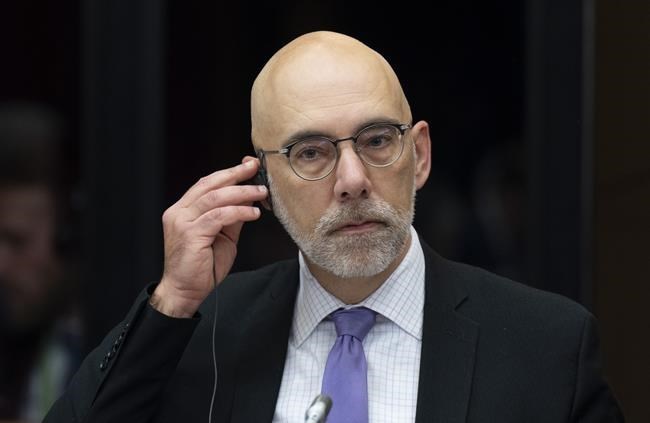OTTAWA — The federal government's spending on employees saw record growth during the COVID-19 pandemic,says the parliamentary budget officer.
A newly published report says federal spending on personnel increased by almost 31 per cent between the 2019-20 and 2021-22 fiscal years.
Spending on salaries, pensions and other employee compensation rose from $46.3 billion to $60.7 billion over that time period.
The report says the public service expanded by the equivalent of 31,227 full-time employees between April 2020 and March 2022, which departments attribute mostly to the pandemic.
Meanwhile, average compensation for the equivalent of a full-time employee rose by 6.6 per cent, from $117,497 in 2019-20 to $125,300 in 2021-22.
The Parliamentary Budget Office says the increase in salaries was the largest contributor to the rise in total compensation, but spending on pensions, overtime and bonuses also grew at a faster rate.
The PBO says expenditure could rise further, with 26 out of 28 bargaining groups currently negotiating collective agreements.
If the entire public service were to see compensation rise by 4.5 per cent between 2021 and 2023, and by the rate of inflation thereafter, this could amount to $16.2 billion in additional spending between 2023-24 and 2027-28, the report says.
Based on the 2023-24 departmental plans, the public service will reach the equivalent of 428,000 full-time employees this fiscal year.
That amounts to an increase of 23,000 full-time jobs compared to last year's plans.
The report says the Canada Revenue Agency, Employment and Social Development Canada and Immigration, Refugees and Citizenship Canada account for two-thirds of that increase.
But the budget watchdog adds that the departments' current plans don't include the likely increase in workers that will be needed to carry out new measures announced in the 2023 budget.
By the same token, the federal Liberals promised in the budget to cut spending on the public service by three per cent by 2026-27. It is unclear how that will affect staffing.
The report says that as things stand, by 2025-26, the total number of full-time employees in the government is projected to fall to 400,000 — a number that still exceeds pre-pandemic levels.
The government was plagued by service delays during the pandemic, prompting additional hiring to ease backlogs.
This report by The Canadian Press was first published April 4, 2023.
Nojoud Al Mallees, The Canadian Press



